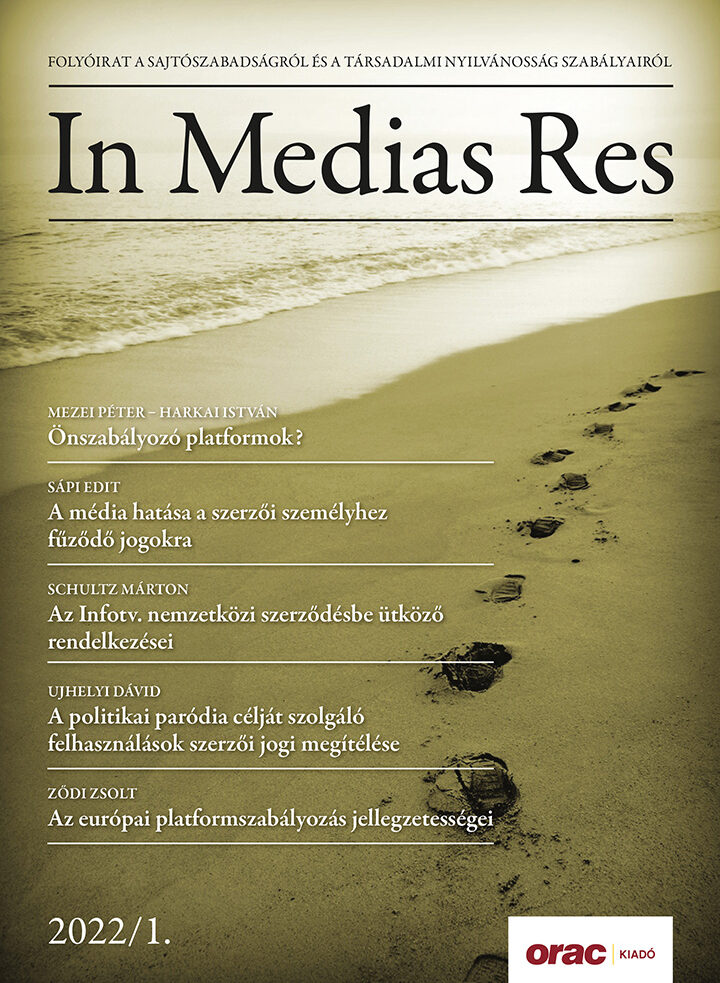The relationship between social media platforms and hybrid conflicts
Keywords:
hybrid warfare, hybrid conflict, hybrid threat, disinformation, social mediaAbstract
The method of hybrid threats and the underlying conceptual framework have been widely investigated again since the second half of the 2000s, following Hezbollah’s tangible military success in Lebanon against the Israel Defense Forces in 2006. This was exacerbated by the activities of the Islamic State, which conducted a sophisticated and rather aggressive marketing campaign, and developed psychological warfare in cyberspace to a high level. Various operations in the context of the Ukrainian crisis and the Russian annexation of Crimea have once again brought hybrid warfare into the spotlight. The hybrid equipments are not new in history, but their success has been obviously enhanced by the development of technology, especially cyberspace and the wide range of opportunities cyberspace offers. Following the Russian–Ukrainian crisis, it has also become clear that hybrid instruments can not only appear as parts of a complex interstate conflict but that some of their elements can be used on their own. Clear examples of this include various disinformation campaigns. In this paper, the authors highlight, through a characterisation of hybrid conflicts, the extent to which the use of soft assets is an immanent part of contemporary military operations. The filtering practices and mechanisms, economic and market perceptions of social media platforms can be used to conduct disinformation campaigns.
Downloads
Published
How to Cite
Issue
Section
License
Copyright (c) 2022 Ádám Farkas, Roland Kelemen

This work is licensed under a Creative Commons Attribution 4.0 International License.


